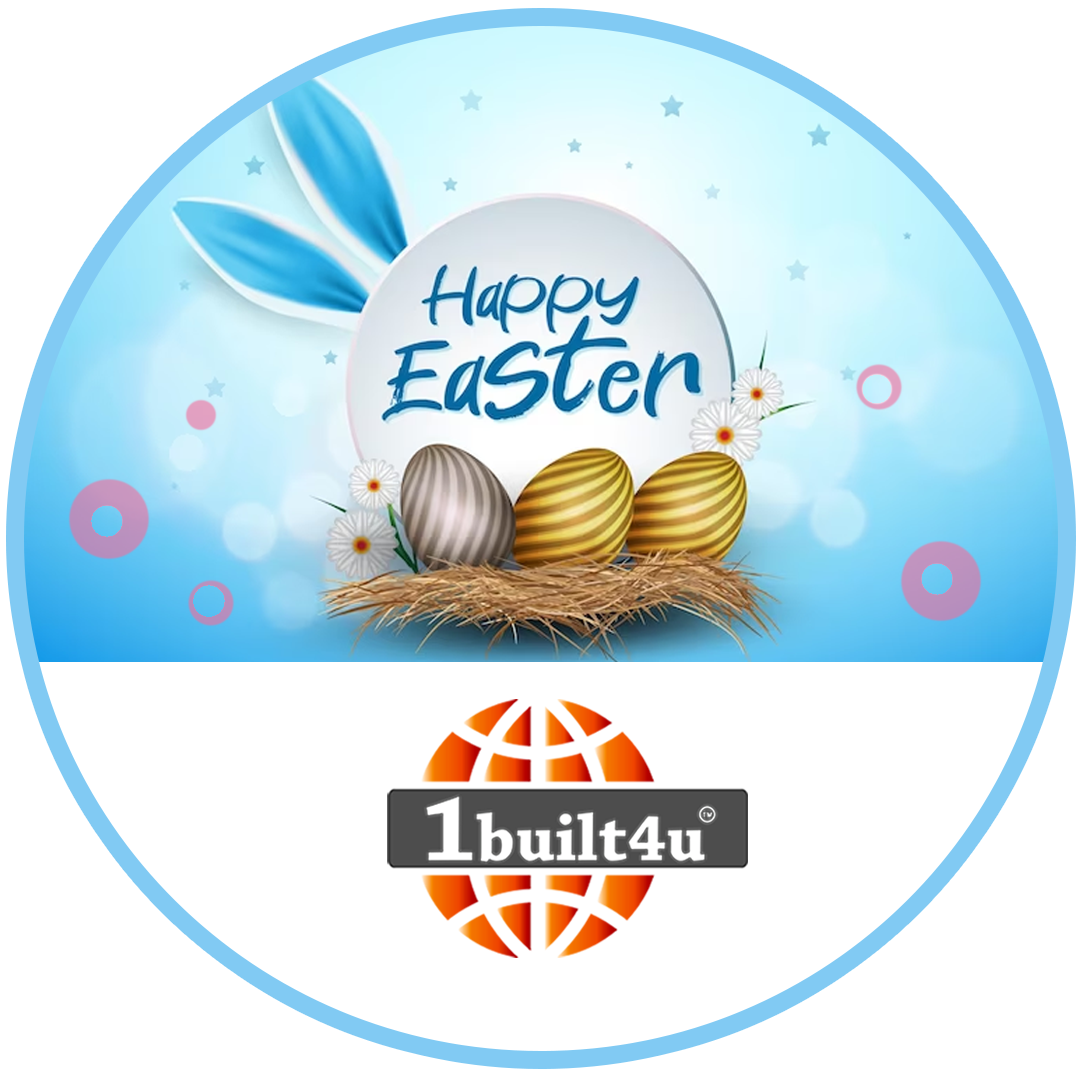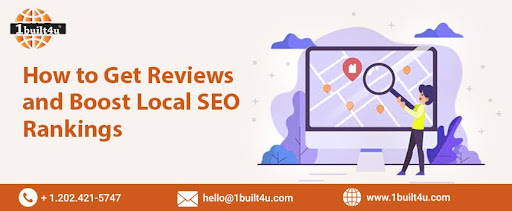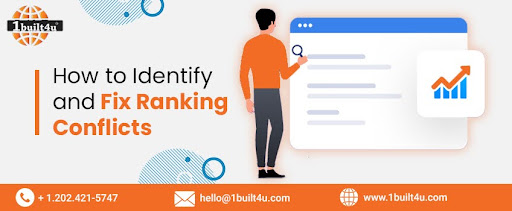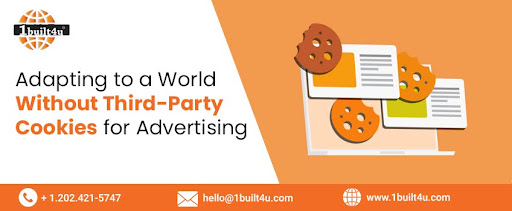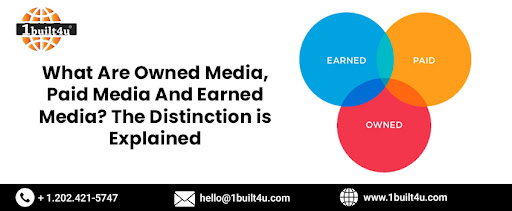
What Are Owned Media, Paid Media and Earned Media? The Distinction is Explained
Consider paid, owned, and earned media to be like a tripod. A comprehensive digital marketing strategy is made up of all of its components, each of which plays an important role in the whole. The marketing mix's role and how it all fits together are shown by our digital marketing company in Ashburn USA in the following paragraphs.
How Does Earned Media Work?
Publicity or exposure obtained through methods other than paid advertising is referred to as earned media. If media locales are the objective, earned media is the vehicle that assists individuals with arriving. If no one sees or interacts with a website or social media platform, what use is it?
Earned media helps with that. Earned media is essentially online word-of-mouth, typically manifested in the form of "viral" trends, mentions, shares, reposts, reviews, recommendations, or content sourced from third parties. Strong organic Search Engine rankings and content distributed by the brand are typically two of the most effective driving forces of earned media. First page rankings and great substance are regularly the greatest drivers of acquired media.
A strong SEO strategy is essential because ranking on the first page of search engines places your owned media sites and content links in a better position to receive more shares and engagement. Content that is engaging and instructive can take many forms when it comes to brand content. The content must be valuable in order to receive the value of earned media, regardless of whether it is a blog, infographic, video, press release, webinar, or e-book; Consequently, a great content strategy is also crucial.
Who is Owned Media?
Any web property that is exclusive to your brand and under your control is considered owned media. A website is one of the most common examples of owned media, but other examples of owned media properties include blog sites and social media channels. Your website is an extension of social media and blogs, and all three are extensions of your brand as a whole. You will have more opportunities to expand your brand's digital services the more owned media you have. You can also take help from a digital marketing agency.
How Does Paid Media Work?
Put simply, paid media is marketing for which you pay. Comprehensively, it is utilized to elevate content to drive procured media, as well as immediate traffic to claimed media properties.
Paying for content promotion can help get things started and get more people to see it. Virtual Entertainment locales like Facebook, Twitter and LinkedIn offer paid media publicizing that might actually assist with helping your content as well as your site. Paying influencers to promote your products or services is another strategy for increasing the visibility and reach of your content. Pay-per-click (PPC) and display ads, as well as retargeting, are all useful forms of paid media that can help you boost traffic and/or conversions by directing searchers to owned media sites like your website.
Relationship Between Owned Media, Paid Media, and Earned Media
Owned media, paid media, and earned media are three distinct types of media that work together to form a comprehensive marketing strategy. Here is an overview of their relationship:
Owned Media: Owned media refers to the channels and assets that a brand or organization owns and controls. This includes websites, blogs, social media profiles, email newsletters, and any other owned digital properties. Owned media provides businesses with complete control over content and messaging, allowing them to showcase their brand identity, engage with their audience, and drive conversions.
Paid Media: Paid media involves advertising efforts where businesses pay to promote their content or messages. This includes online advertising platforms like Google Ads, social media ads, sponsored content, display ads, and more. Paid media allows businesses to reach wider audiences, target specific demographics, and amplify their brand's visibility beyond their existing reach.
Earned Media: Earned media refers to the organic and unpaid exposure a brand receives through word-of-mouth, recommendations, reviews, media coverage, social media shares, and public relations efforts. It is the result of positive customer experiences and public perception of the brand. Earned media is earned through the merit and quality of a brand's products, services, or content.
The relationship between these media types is interconnected. Owned media provides the foundation for a brand's presence and content creation. Paid media complements owned media by extending the brand's reach and driving traffic to owned assets. Earned media is the outcome of successful owned and paid media efforts, where satisfied customers and engaged audiences become brand advocates, sharing and promoting the brand organically.
A successful marketing strategy leverages the synergy between owned, paid, and earned media. Owned media forms the core of a brand's online presence, paid media helps amplify its reach, and earned media validates and amplifies the brand's reputation. By integrating these media types effectively, businesses can create a cohesive and impactful marketing approach that generates brand awareness, engages the audience, and fosters positive customer perceptions.
Benefits of Media to Business
Media offers several benefits to businesses, playing a crucial role in their marketing and communication strategies. Here are some key pointers highlighting the benefits of media:
1) Brand Awareness and Visibility: Media platforms, whether traditional (TV, radio, print) or digital (websites, social media), provide businesses with a significant opportunity to increase brand awareness and visibility. By leveraging media channels, businesses can reach a wide audience and promote their products/services effectively.
2) Audience Targeting: Media platforms allow businesses to target specific audiences based on demographics, interests, behaviors, or location. This targeting capability ensures that businesses can tailor their messages to reach the right people, increasing the chances of engaging with their target market.
3) Credibility and Trust: Media coverage, endorsements, and positive reviews contribute to the credibility and trustworthiness of a business. When a reputable media outlet features or endorses a brand, it enhances the brand's reputation and instills trust among consumers.
4) Customer Engagement and Interaction: Media channels provide businesses with opportunities to engage and interact with their customers. Social media platforms, for instance, enable businesses to directly communicate with their audience, respond to queries, address concerns, and build relationships, fostering customer loyalty and satisfaction.
5) Lead Generation and Conversion: Media can be a powerful tool for lead generation and conversion. Through targeted advertising campaigns, businesses can generate leads, capture customer information, and drive conversions. Media platforms allow businesses to track and measure the effectiveness of their campaigns, optimizing their strategies for better results.
6) Crisis Management and Public Relations: In times of crisis or unfavorable situations, the media can help businesses manage their reputation and communicate effectively with stakeholders. Media relations and public relations efforts are crucial in maintaining a positive image and managing public perception.
7) Industry Thought Leadership: Media provides businesses with a platform to establish themselves as thought leaders in their industry. Through thought-provoking content, expert opinions, and educational materials, businesses can position themselves as authorities, gaining credibility and attracting customers.
8) Competitive Advantage: Effective use of media can provide businesses with a competitive edge. By strategically utilizing media channels, businesses can differentiate themselves from competitors, reach new markets, and stay ahead in their industry.
Conclusion
In conclusion, understanding the distinctions between owned media, paid media, and earned media is essential for developing a comprehensive marketing strategy. Owned media provides businesses with complete control over content and channels, allowing for brand storytelling and engagement. Paid media enables targeted advertising and amplification of messages through paid placements, reaching wider audiences. Earned media, on the other hand, relies on organic, word-of-mouth promotion driven by positive customer experiences and public relations efforts. By integrating these media types effectively, businesses can create a holistic marketing approach that leverages their owned assets, expands reach through paid channels, and cultivates positive brand perceptions through earned media. Striking the right balance between these media types can maximize brand visibility, engagement, and credibility in the competitive digital landscape. For more information, visit our digital marketing agency in USA - 1built4u.com .

